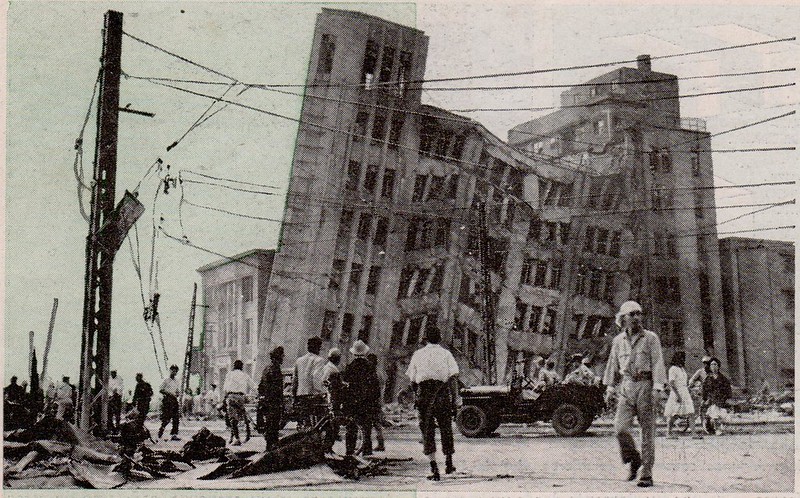A Day to Forget for Kobe & Japan
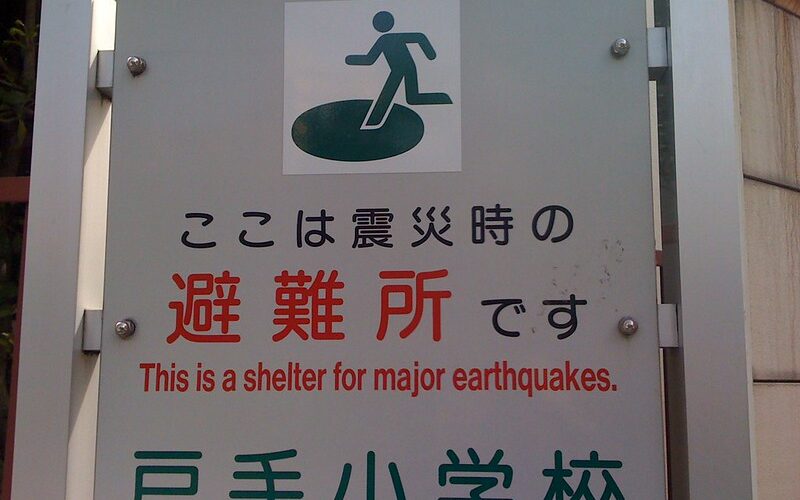
Japan’s geographic location on earth is a hotspot for natural disasters. Four major tectonic plates meet and interact where the country is placed – the Eurasian, Philippine, Pacific, and North American plates.
The night before the 17th, Slight rumblings alarmed locals but nothing out of the ordinary. Tuesday at 5.46 am, the rumblings came back with a magnitude of 7.2. The epicenter of the quake occurred 40 miles from Kobe between Awaji Island and Honshu. Shockwaves at an aggressive pace, rattled Kobe and the surrounding areas. Buildings collapsed, bridges folded, and train tracks twisted into scrap. Traditional Japanese wooden houses proved little resistance against the impact. Flames quickly spread amongst the wreckage, leaving the area in ruins.
The earthquake lasted roughly 20 seconds. Within a hundred-kilometer radius of the epicenter, the surrounding areas were severely damaged. Thousands of locals fled to parks and open areas—those missing were assumed dead or seriously injured. Residents took food and bottled water from the remains of demolished stores before fleeing for safety. Sights of terrified locals aired worldwide as many feared for their missing loved ones. Rescue workers recovered over 35,000 people from under collapsed buildings.
Compared to today’s standards, a delay from Japan’s SDF (self-defense forces) was apparent. High-speed internet and mobile phones weren’t accessible at the time. Waiting for orders from Tokyo as to how to handle such a disaster added more strain to the local rescue team.
Five hundred aftershocks hit Kobe that day. The city never experienced such a natural disaster, making January 17th an iconic and unforgivable time in the Japanese calendar.
Aftermath
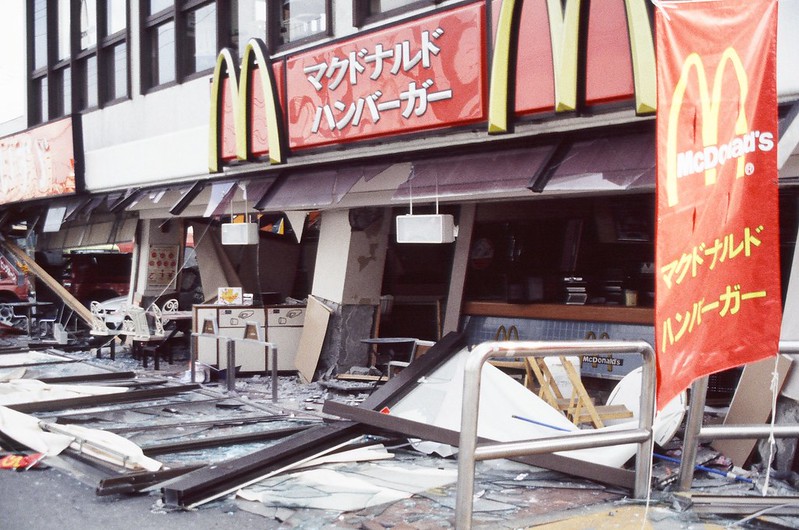
Over 120,000 buildings were damaged and destroyed. 80% of residents were left without gas in homes while the city’s water supply and electricity were out. Thankfully, electricity was back on a week after the quake.
Major industries, including Kobe’s sake production, were affected as 50% of breweries suffered damage. Kobe’s iconic port, one of the busiest in the world, was destroyed.
To accommodate those left homeless, six hundred shelters were active by the end of January, which housed 236,000 people. By April, the Japanese government put ¥3 trillion up for reconstruction along with a three-year development plan. Economically, this proved positive as reconstruction created jobs. By 1997, the damaged Kobe port was rebuilt, giving the city back a considerable part of its economic funding.
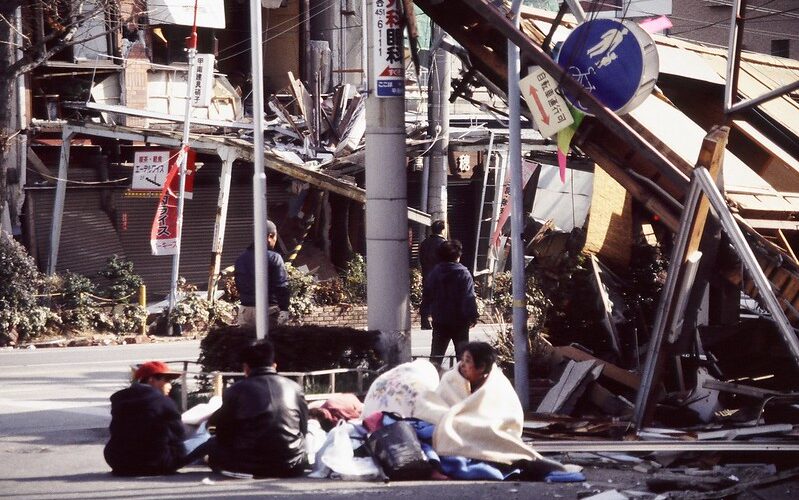
After the damage caused by World War 2, Japan rebuilt itself with a ‘safety conscious’ approach. Modern designs were favored over traditional wooden timber frame structures. The government needed substantial houses with a quick rebuild and felt timber-framed houses would cost time in development.
The Kobe earthquake was the first major natural disaster to hit a Japanese city after World War 2. The government’s’ safety conscious’ method proved to have little effect when the Kobe earthquake struck. The Japanese government continues to spend endless amounts of resources preparing for such disasters. Skyscrapers today are built with a sway effect to handle the impact of shockwaves. Tokyo also has the largest urban fire department in the world, specially trained for earthquake disasters.
Today, Japan is more prepared for earthquakes in built-up areas, but experts still cannot predict the exact moment an earthquake may occur. Several natural disasters have struck Japan since, most notably the Great East Japan Earthquake. – the worst in Japan’s history with a magnitude of 9.1, which triggered a devastating tsunami. According to the Japanese government, a ¥16.9 trillion worth of damage resulted in the impact of the 2011 earthquake.
Has Japan learned from the Kobe disaster?
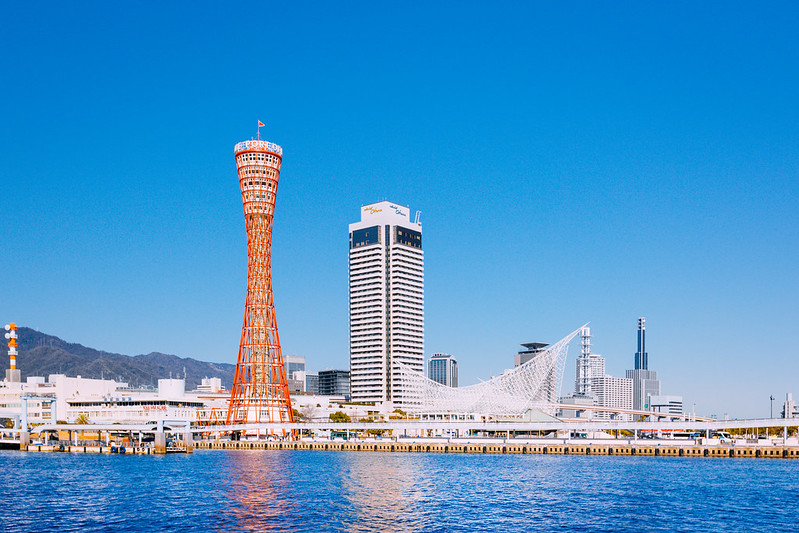
The government’s response approach from the Kobe earthquake put a big concern on future disasters. The government introduced an emergency disaster team to monitor each disaster as it comes to the scale. A meeting was held thirty-minutes after the 2011 earthquake to get a grip of the situation immediately. As we compare Japan’s handling of earthquakes to the approach of 1995, it’s clear the country has better prepared itself.
September 1st, 1923, marks the date of the Great Kanto earthquake. This disaster struck Tokyo and Yokohama and was considered to be the worst natural disaster to hit Japan at the time with a magnitude of 9.0. Experts believe a similar disaster will strike a century onwards.
Tokyo today is a very different place to 1923, with endless skyscrapers cramped with residents and spread across the city. If a similar tragedy strikes such a built-up area, the impact could be catastrophic. With experts on alert as the century mark comes to a climax, it raises a question: what has Japan learned from past experiences?





































